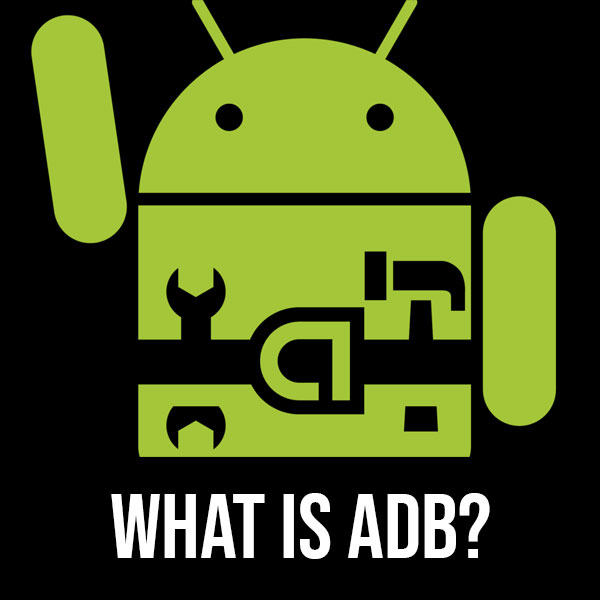The abbreviation of ADB is Android Debug Bridge. I am no Android developer, but as the name suggested ADB just creates a bridge between your Android device and computer. Enough of the definitions and I don’t want you to be restrained anymore.
Why do you want to learn about ADB?
A couple of years ago I was like you. I didn’t know what ADB was and I had no idea about how i can use it, but I constantly came across this term in many websites like XDA and Unlockr and I was most obliged to learn about it.
Does the words, ADB, Shell, Terminal command etc intimidate you? Don’t worry, its rather easy to use adb commands. Just read the tutorial below.
The pro Linux developers might suggest you to learn the meaning of each and every ADB command. However, you really don’t have to, if you are just planning to use them once in a while, like rooting a device and pushing an .apk to the Android system.
There are 2 things that are needed to run ADB commands from your computer.
1. You need to have Android SDK on your computer.
2. Your android device driver should be installed on the computer.
How to check if your device is bridged with your computer by using ADB command.
1. Open Command Prompt on your computer: Start > Run > cmd and hit enter.
2. Navigate to android-sdk folder from cmd prompt.
cd c:/android-SDK
cd platform-tools
In Windows XP the path might look something like,
cd C:/program-files
cd android
cd platform-tools
However, the folder structure appears on your computer, the goal is to reach “platform-tools” directory inside path where you have installed the Android SDK.
You will see something like this on the cmd prompt,
C:\android-SDK\platform-tools>
Keep in mind that you need to navigate to the “platform-tools” directory to run any ADB shell command.
Your very first adb command.
adb devices
Now you will be able to see a message with a device id and showing that you device is connected.
We will update this page with more adb commands.


Recent Comments